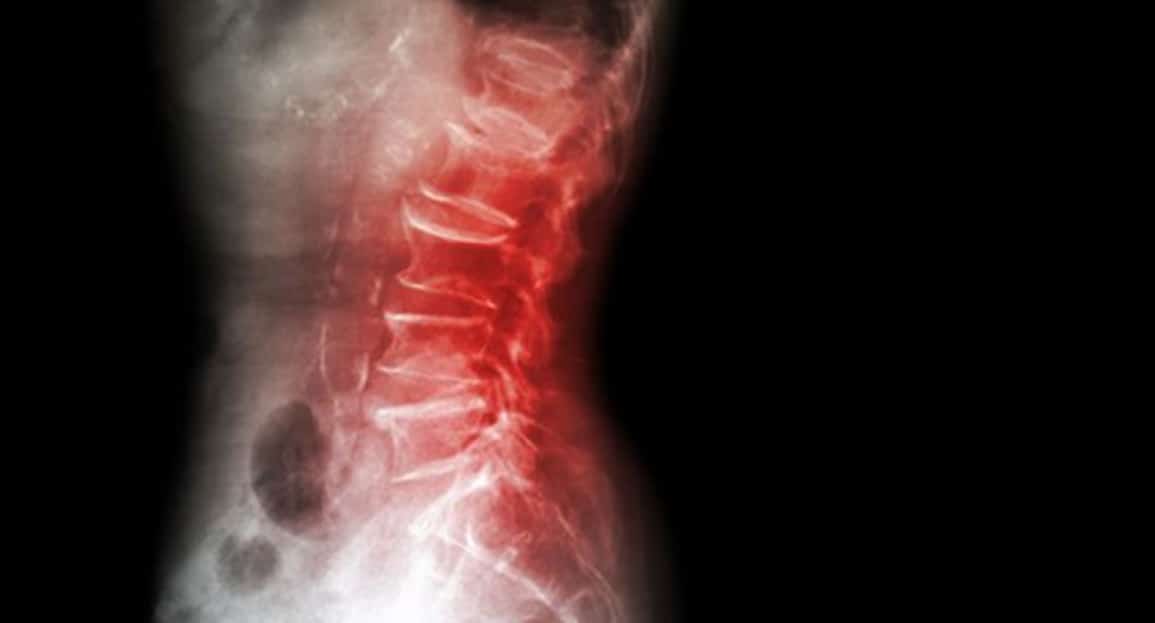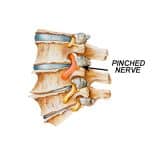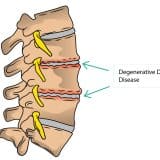Spinal Infections

A spinal infection is a rare but severe infection that happens when fungi, viruses or any bacteria enter the spinal tissues. These tiny organisms can affect any part of your spine, from vertebrae to the spinal canal to spinal discs. When you fail to give timely treatment, the spinal infection can cause destructive impacts.
Different types of spinal infections
There are different kinds of spinal infections based on the location and the causative organisms.
Bacterial spinal infections
Bacteria, mainly Staphylococcus aureus, cause a spinal infection that invades the bones, soft tissues and discs of the spine. It can be acute or chronic and might lead to vertebral osteomyelitis, epidural abscess or discitis.
Fungal spinal infections
These infections are caused by fungus like Aspergillus or Candida, which generally infects the spine and other nearby tissues. At the same time, it is rare but challenging to treat when compared to bacterial spinal infections, as they need medications for the long term.
Viral spinal infections
These are caused by the herpes simplex virus, which infects the spinal nerves and leads to shingles or viral meningitis.
Tuberculous spinal infections
Mycobacterium tuberculosis is responsible for this infection, also called Pott’s disease. It has an impact on vertebrae and discs of the spine and can result in vertebral collapsing and spinal deformities.
Postoperative infection
These infections are caused after spinal surgery because bacteria enter the surgery site either during or post procedure. It can be bacterial or fungal and might need surgery and antibiotics for proper treatment.
Spinal abscess
These occur when pus is collected within the spine or surrounding tissues. A spinal abscess is caused by bacteria, fungus or any microorganisms and might need surgical drainage and antibiotics.
Cause of spinal infection
A weak immune system
Any situation that leads bacteria to enter the bloodstream or weakens the immune system can result in spinal infection.
Spinal surgery
Anyone who has recently undergone a spinal or pelvic surgery is at risk of getting a spinal infection. This occurs because of two reasons:
- Improper sterilization of surgical instruments, which can introduce microorganisms into your body.
- Batson’s Plexus connects the thoracic vein with the pelvic vein, prostate and bladder. When microorganisms from those areas enter the Plexus, it results in spinal infections.
Symptoms of spinal infections
Some of the common symptoms of spinal infections are:
- Lower back pain
- Fever
- Loss of appetite
- Night sweating
- Loss of motion
- Back pain that worsens at night
- Redness at the surgical incision site
- Pus discharge at surgical wounds
Diagnosis of spinal infections
It takes a long time to diagnose spinal infections. The diagnostic test mainly includes bloodwork to recognize whether the infection is there, followed by some imaging tests to determine the specific location and the extent. Imaging tests mainly involve MRI and CT scan.
Treatment options for spinal infections
There are many options for treating spinal infections. Some of them are:
Antimicrobial therapies and bracing
To treat your spinal infection, your doctor might use antimicrobial therapies along with extended hospitalization. Less mobility is often recommended if the pain is more. The kind of medicine depends on a specific case based on the specified situation of the person concerned, along with age. Bracing is sometimes used to give support to the spine while it is healing.
Surgical treatment
If the person with a spinal infection has a less neurological deficiency, non-surgical treatment is considered. But surgery is suggested in the following situations:
- Significant amount of bone damage
- Neurological deficiency
- Sepsis
- Failing of needle biopsy because of abscess not responding to antimicrobial therapies
- Antibiotics failing to eliminate infections
Conclusion
Spinal infections are severe infections of your spine. Proper and on-time treatment is essential to make sure the spinal infection is under control. Existing treatment methods for spinal infections are controlled by a team of physicians, who decide the best approach for treatment on an individual basis.
For enquiries and online appointments:
Email – naveen.st@gmail.com
Call / Whatsapp – +91 7676090119
Visit www.naveenspine.com to know more.




